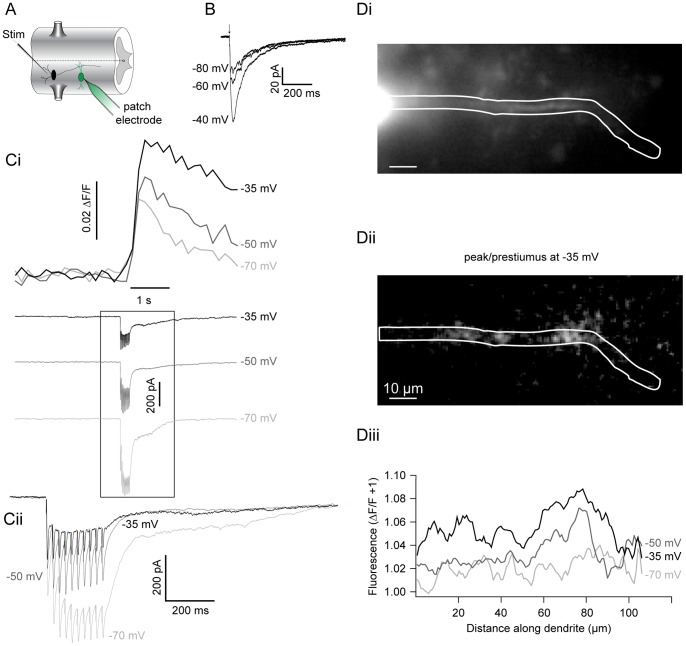Figure 9. Synaptically evoked Ca2+ signals mimic the voltage-dependency of the NMDA receptor current.
A Recording schematic: STIM = stimulating electrode, EIN = black, Ca2+ dye = green. B A cell was whole-cell voltage clamped in NBQX (5 µM), glycine (1 µM), strychnine (5 µM) to isolate evoked, NMDA receptor EPSCs, while the holding potential was varied between −80 mV and −40 mV. C A ventral horn neuron was whole-cell voltage clamped at −70 mV and filled with OGB1 (50 µM). An extracellular electrode was used to repetitively stimulate (25 Hz for 10 stimuli) excitatory interneurons (EINs) to evoke glutamatergic EPSCs at increasing holding potentials (denoted on right of trace). A transient increase in fluorescence (top) in the dendrite is coincident with the EPSC (bottom). Cii shows an enlargement and EPSC overlay of box in Ci. D Image of the ventral horn neuron in C (Di) demonstrating the localization (Dii; white) of evoked fluorescence at −35 mV. Evoked fluorescence changes relative to resting prestimulus fluorescence plotted against dendritic distance at each holding potential (Diii). Scale bar = 10 µm.

